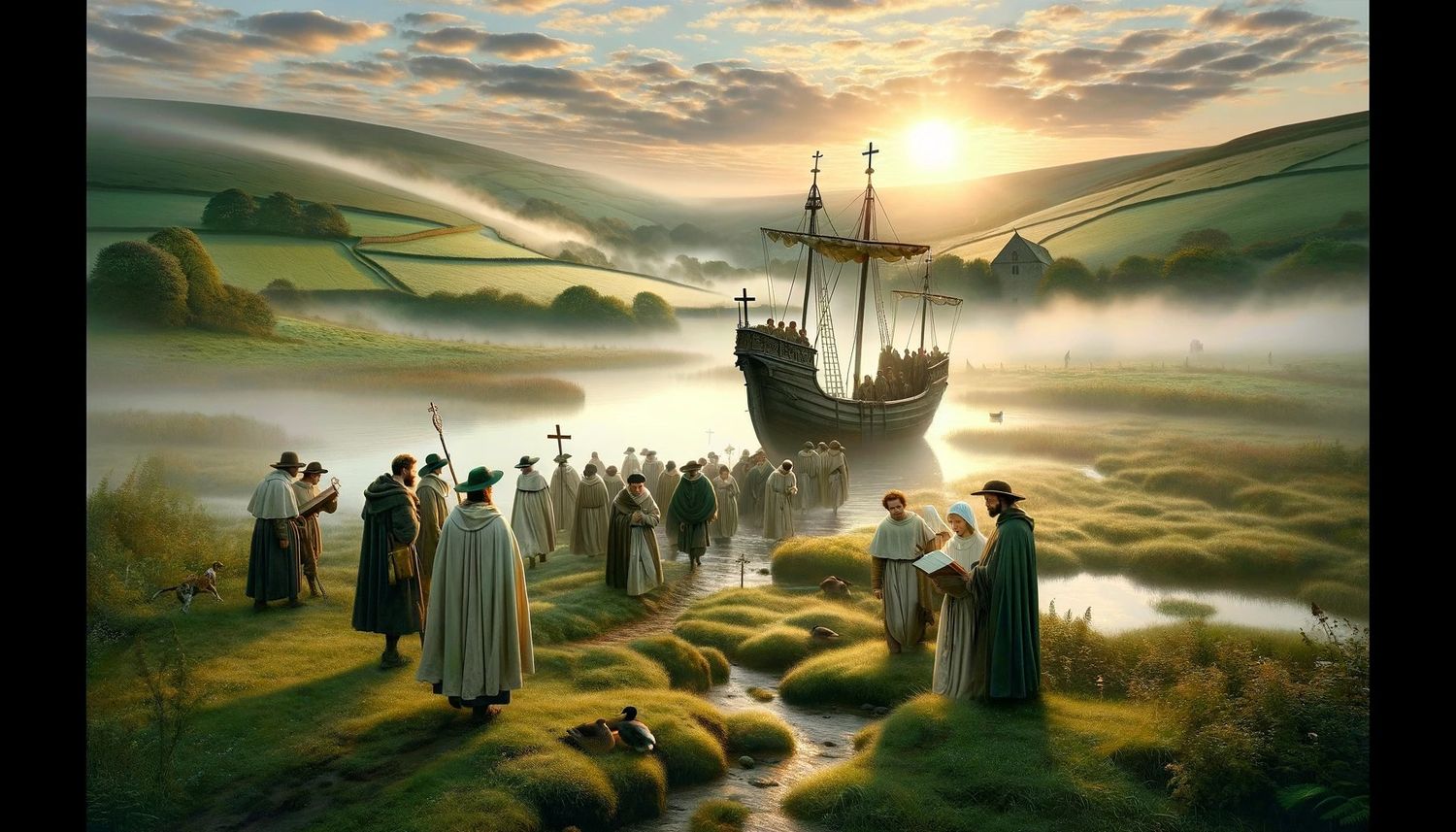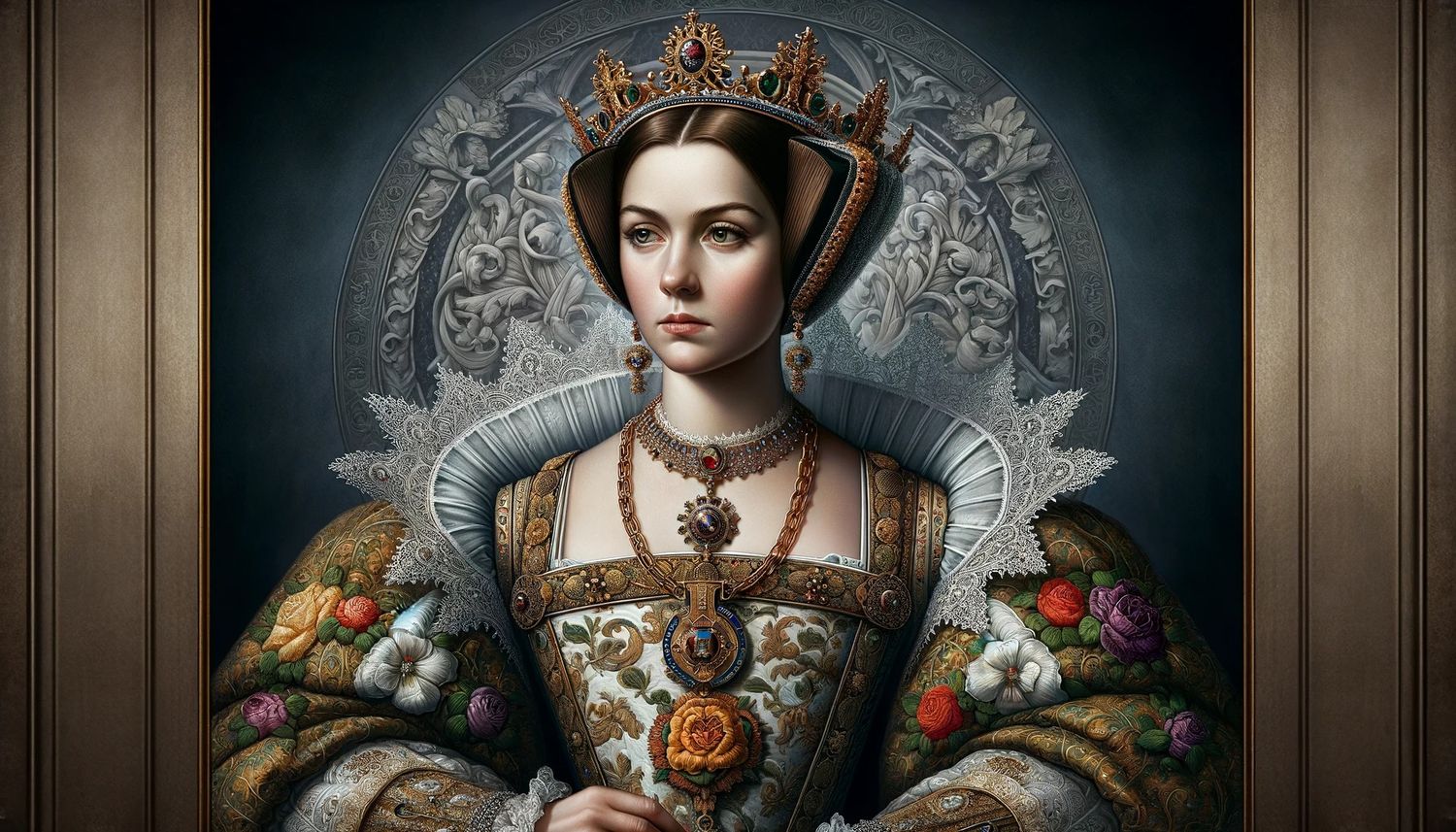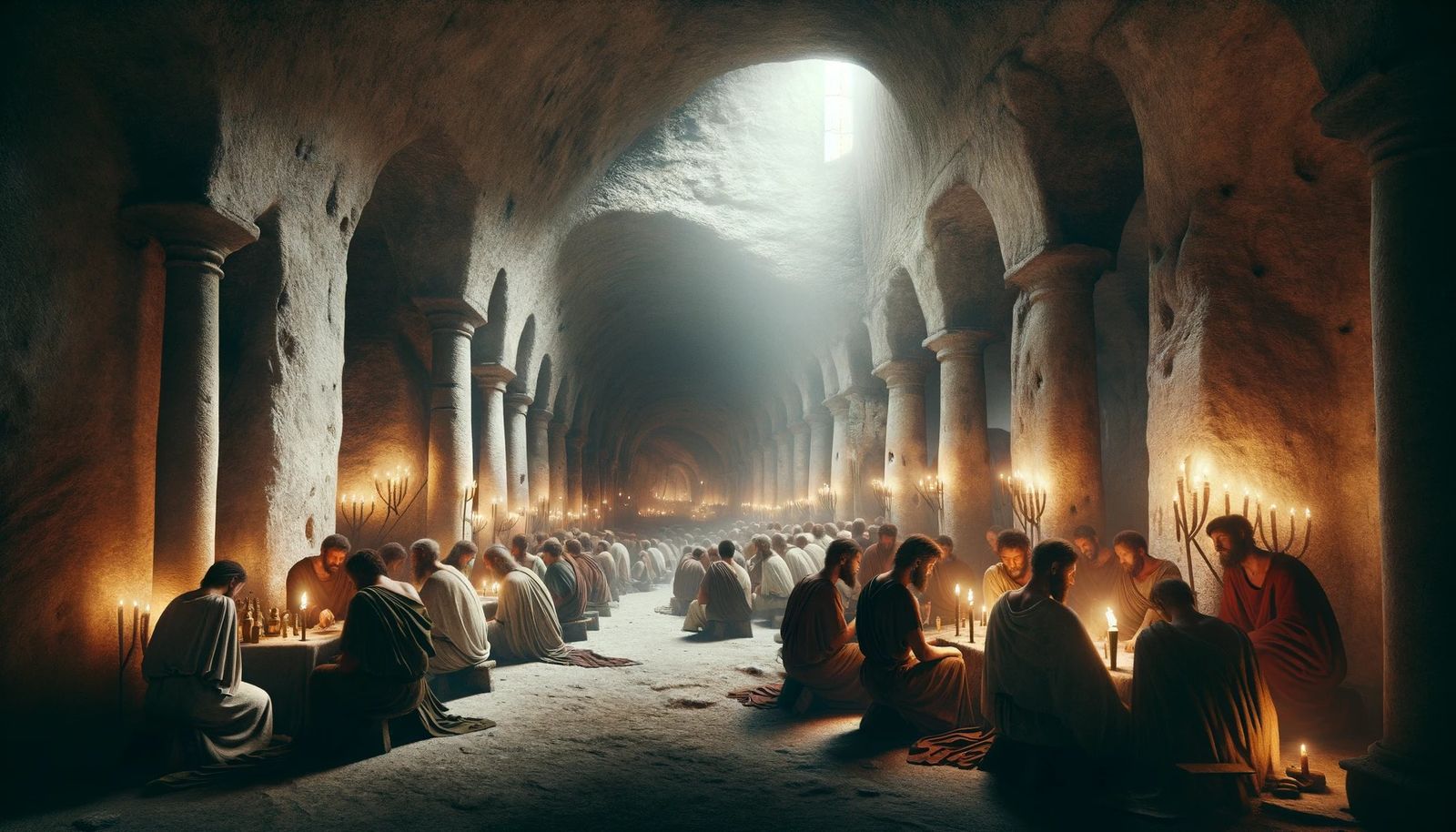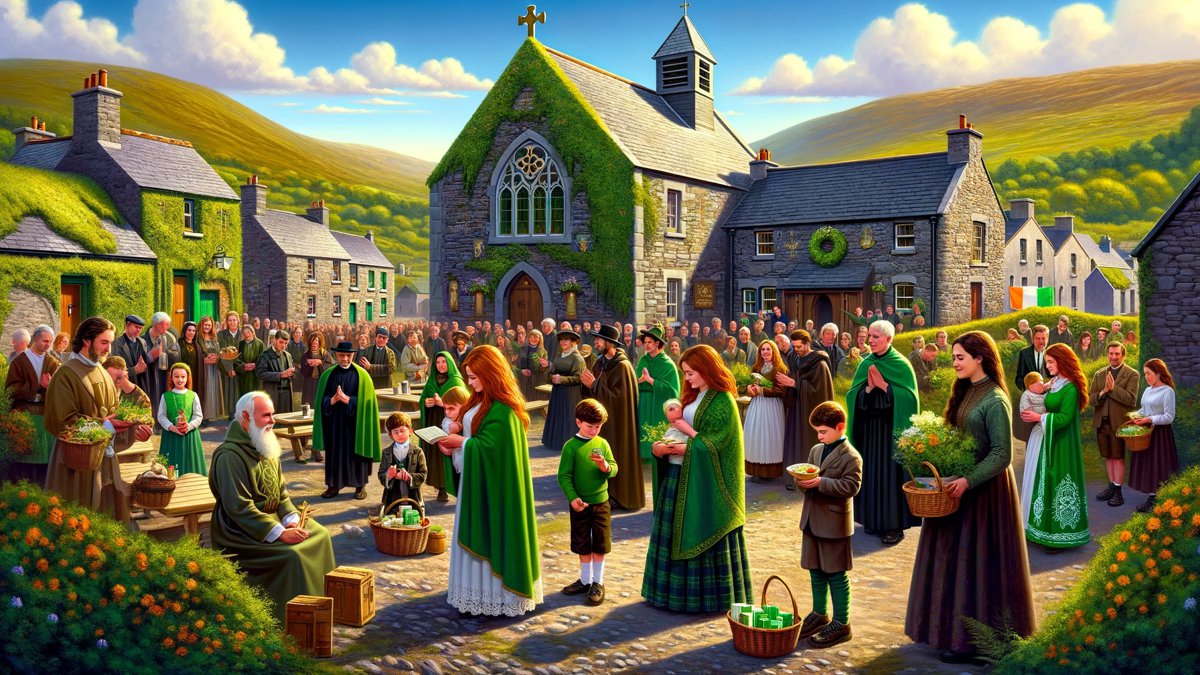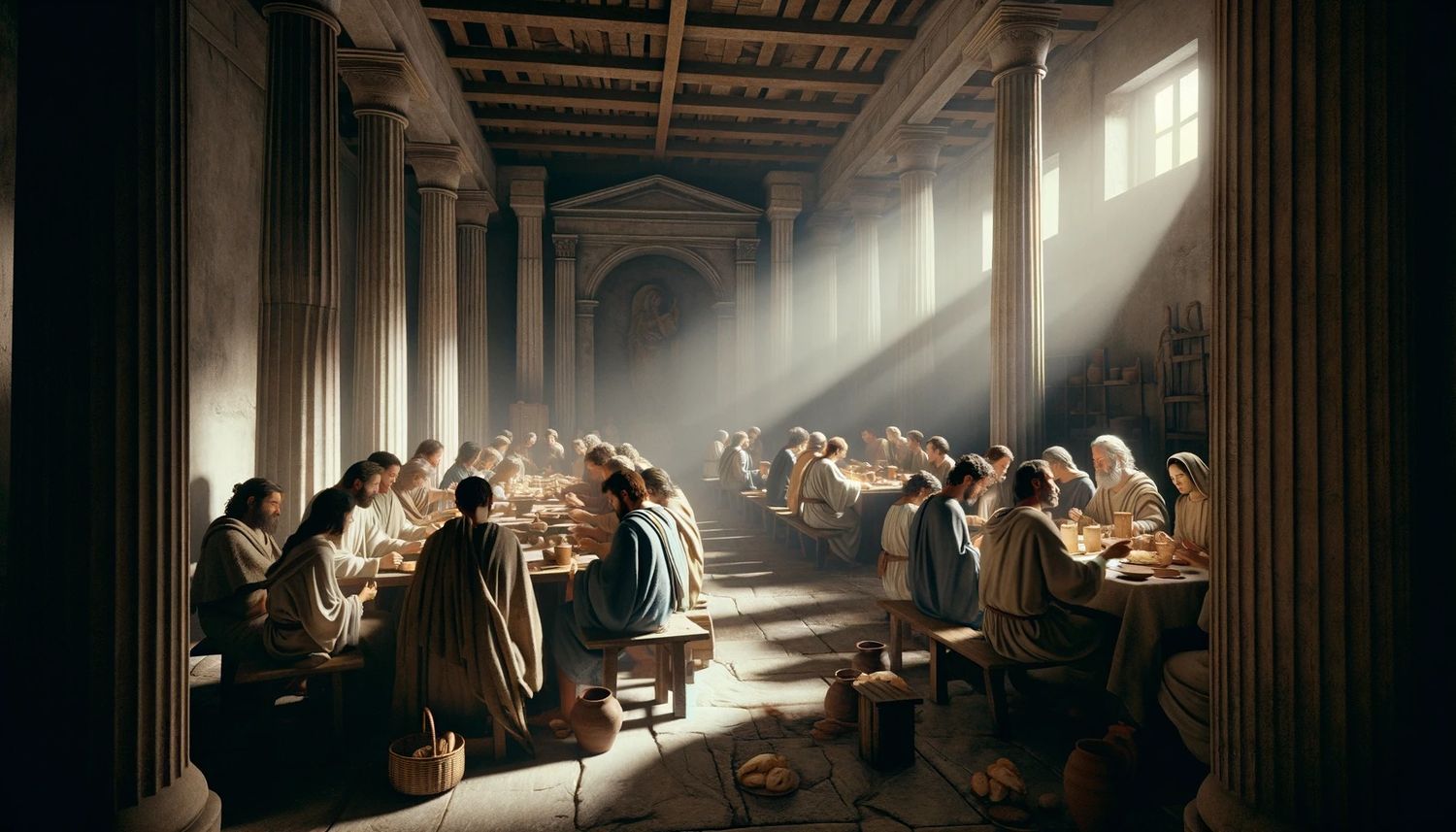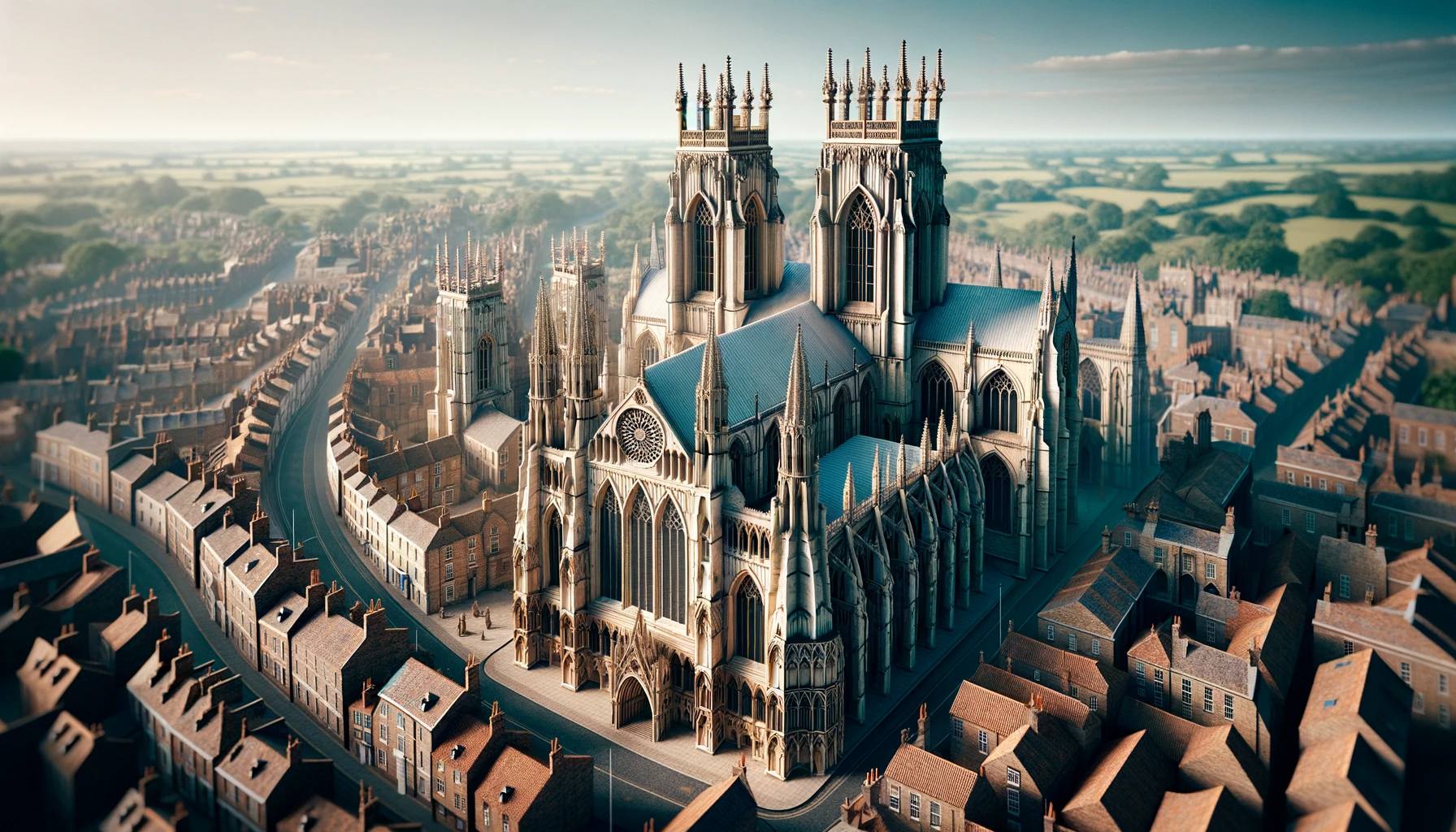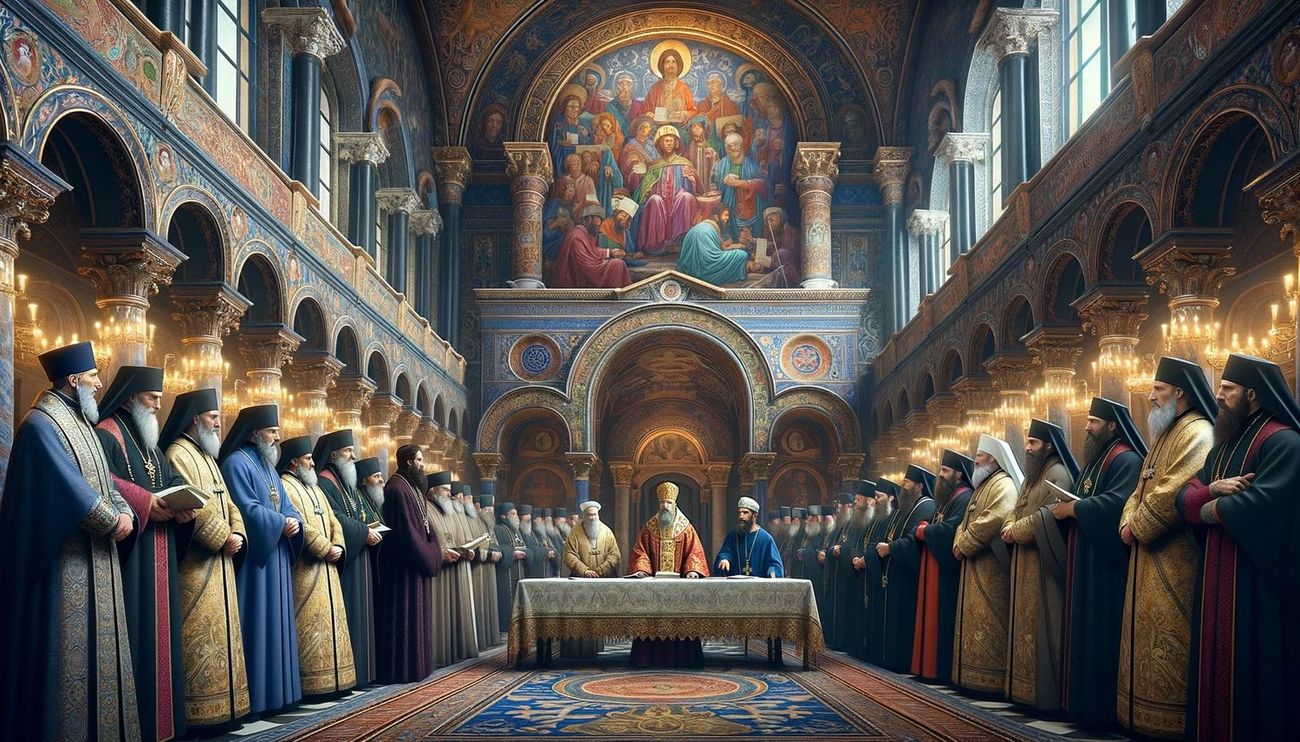Home>Theology and Spirituality>When Was Catholicism Illegal In England


Theology and Spirituality
When Was Catholicism Illegal In England
Published: February 17, 2024
Ericka Andersen, an editor at Christian.net, expertly merges digital strategy with content creation, focusing on faith and societal issues. Her communication skills enhance the platform's engaging narratives, fostering meaningful dialogue on belief's impact on society.
Discover the history of Catholicism in England and when it was outlawed. Explore the impact on theology and spirituality during this tumultuous period.
(Many of the links in this article redirect to a specific reviewed product. Your purchase of these products through affiliate links helps to generate commission for Christian.net, at no extra cost. Learn more)
Table of Contents
Introduction
The history of Catholicism in England is a complex tapestry woven with threads of religious conflict, political power struggles, and the enduring resilience of faith. It is a story that spans centuries, marked by periods of both acceptance and persecution. Understanding the legality of Catholicism in England requires delving into the intricate interplay of religious, social, and political forces that have shaped the nation's spiritual landscape.
Throughout history, the practice of Catholicism in England has been subject to dramatic shifts in legality and societal acceptance. From the early years of the Church's presence in England to the tumultuous era of the Reformation and the subsequent Penal Laws, the legal status of Catholicism has been a defining factor in the lives of English Catholics.
This article aims to explore the nuanced journey of Catholicism's legality in England, shedding light on the pivotal moments and legislative measures that have influenced the religious freedoms of Catholics. By examining the historical context and legal frameworks that have governed the practice of Catholicism, we can gain a deeper appreciation for the challenges and triumphs experienced by the Catholic community in England.
As we embark on this exploration, it is essential to recognize the profound impact of these legal dynamics on the lives of individuals and the broader fabric of English society. The ebb and flow of legal restrictions and liberties have left an indelible imprint on the collective consciousness of Catholics in England, shaping their experiences and shaping the evolution of religious tolerance within the nation.
Through this journey, we will uncover the rich tapestry of historical events, legislative actions, and societal attitudes that have shaped the legal landscape of Catholicism in England. By delving into this intricate narrative, we can glean insights into the enduring resilience of faith in the face of adversity and the profound influence of legal frameworks on religious expression.
Read more: When Did Augustine Come To England
The Early Years of Catholicism in England
The early history of Catholicism in England is intertwined with the spread of Christianity across the British Isles. Catholicism took root in England during the Roman occupation, with evidence of Christian communities dating back to the third and fourth centuries. These early Christian enclaves, often influenced by Roman missionaries and traders, laid the foundation for the growth of Catholicism in the region.
One of the most significant milestones in the early years of Catholicism in England was the arrival of Augustine of Canterbury in 597 AD. Sent by Pope Gregory the Great, Augustine was a key figure in the mission to evangelize the Anglo-Saxon kingdoms. His efforts led to the establishment of the Canterbury Cathedral and the conversion of King Ethelbert of Kent, marking a pivotal moment in the Christianization of England.
The subsequent centuries saw the consolidation of Catholic influence, with monasteries and religious institutions playing a central role in shaping the spiritual and cultural landscape of England. The Venerable Bede, an English monk and scholar, contributed to the recording of England's early Christian history, further solidifying the presence of Catholicism in the region.
The early medieval period witnessed a flourishing of Catholic art, architecture, and scholarship, exemplified by the construction of magnificent cathedrals such as Durham and Winchester. The synod of Whitby in 664 AD, where the Roman method for calculating the date of Easter was adopted, demonstrated the growing alignment of English Christianity with the wider Catholic Church.
However, the Norman Conquest of 1066 brought significant changes to the religious fabric of England. The Norman rulers, with their ties to the Catholic Church on the continent, exerted influence over ecclesiastical appointments and religious affairs, further integrating England into the broader Catholic Christian world.
Despite the enduring presence of Catholicism in England during these formative centuries, the seeds of religious divergence were sown, foreshadowing the seismic shifts that would unfold in the centuries to come. The early years of Catholicism in England laid the groundwork for the complex interplay of religious, political, and social forces that would shape the nation's religious identity and legal landscape in the centuries ahead.
The Reformation and the Supremacy of the Church of England
The Reformation, a transformative period in European religious history, had profound repercussions for the legal status of Catholicism in England. Initiated by King Henry VIII's quest for an annulment of his marriage to Catherine of Aragon, the Reformation catalyzed a seismic rupture in the religious fabric of England. In 1534, the Act of Supremacy declared Henry VIII as the "Supreme Head" of the Church of England, effectively severing ties with the authority of the Pope in Rome.
This decisive break from the Catholic Church's jurisdiction marked the ascendancy of the Church of England as a distinct entity with its own ecclesiastical governance. The dissolution of monasteries, the redistribution of church lands, and the establishment of royal supremacy over religious matters reshaped the religious and legal landscape of England. The Act of Supremacy not only asserted the monarch's authority over the English church but also mandated allegiance to the new religious order, laying the groundwork for a state-sanctioned religious identity.
The subsequent reign of Edward VI witnessed further consolidation of Protestant reforms within the Church of England, solidifying its divergence from Catholic doctrine and practice. The introduction of the Book of Common Prayer and doctrinal shifts aligned the English church with Protestant theology, cementing its status as a bastion of Reformation ideals.
The accession of Queen Mary I, a devout Catholic, engendered a brief restoration of Catholicism's legal standing, albeit marked by a tumultuous period of religious persecution. The Marian persecutions, characterized by the execution of Protestant dissenters, underscored the volatile nature of religious policy during this era.
However, the ascension of Elizabeth I heralded a definitive return to Protestant governance and the establishment of the Elizabethan Religious Settlement. This pivotal legislative framework sought to navigate the religious divisions within England by espousing a via media, or middle way, that incorporated elements of Catholic ritual and Protestant doctrine. The Act of Uniformity of 1559 and the Thirty-Nine Articles delineated the parameters of religious conformity, signaling the formalization of the Church of England's Protestant identity within the realm of law.
The Reformation and the subsequent consolidation of the Church of England's supremacy engendered a profound reconfiguration of the legal status of Catholicism in England. The emergence of a state-sanctioned Protestant church, coupled with the persecution of recusant Catholics, set the stage for a protracted era of religious tension and legal restrictions for English Catholics.
This period of religious upheaval and legal transformation laid the groundwork for the enduring complexities of Catholicism's legality in England, shaping the contours of religious freedom and institutional authority for centuries to come.
The Penal Laws and the Persecution of Catholics
The Penal Laws, enacted during the 16th and 17th centuries, constituted a series of legislative measures designed to curtail the religious freedoms and civil rights of Catholics in England. These laws, rooted in the religious and political dynamics of the era, sought to marginalize and suppress the practice of Catholicism, imposing severe penalties on those who adhered to the faith.
One of the most significant enactments was the Popery Act of 1698, which imposed stringent restrictions on Catholics, prohibiting them from purchasing land, inheriting property, or holding public office. Additionally, the act mandated the taking of oaths of allegiance and abjuration, compelling Catholics to renounce the authority of the Pope and swear loyalty to the reigning monarch. Failure to comply with these requirements resulted in punitive measures, including fines, imprisonment, and confiscation of property.
The Penal Laws also targeted the Catholic clergy, seeking to undermine the ecclesiastical infrastructure of the faith. The Jesuits and seminary priests, who clandestinely ministered to the Catholic community, faced severe persecution and the threat of execution if discovered. The penalization of Catholic education and the prohibition of Catholic worship further compounded the challenges faced by the faithful, driving the practice of the faith underground.
The enforcement of the Penal Laws engendered a climate of fear and persecution for English Catholics, compelling many to practice their faith in secret and endure the constant threat of discovery and retribution. The laws not only restricted religious expression but also marginalized Catholics within the broader social and political fabric of England, perpetuating a cycle of discrimination and disenfranchisement.
The Penal Laws and the accompanying atmosphere of persecution cast a long shadow over the Catholic community in England, shaping their experiences and resilience in the face of adversity. The enduring legacy of these laws underscores the profound impact of legal frameworks on religious freedom and the lived realities of individuals within society.
The repeal of the Penal Laws in the 19th century marked a significant turning point in the legal status of Catholicism in England, paving the way for greater religious tolerance and the gradual dismantling of institutional barriers. However, the legacy of persecution endured, leaving an indelible imprint on the collective memory of English Catholics and underscoring the enduring significance of the legal journey of Catholicism in England.
The Catholic Relief Act and the Legalization of Catholicism
The Catholic Relief Act of 1829 stands as a watershed moment in the legal landscape of Catholicism in England, heralding a transformative shift towards religious tolerance and the dismantling of centuries-old barriers. Enacted during a period marked by fervent debates and societal upheaval, the legislation represented a pivotal milestone in the quest for Catholic emancipation and the recognition of religious freedoms.
The Act, championed by political figures such as Daniel O'Connell and supported by a coalition of liberal and moderate voices, sought to redress the systemic injustices and discriminatory practices that had long plagued the Catholic community in England. At its core, the legislation aimed to repeal the remaining Penal Laws and alleviate the legal burdens imposed on Catholics, thereby affording them the opportunity to participate fully in civic life and public office.
The passage of the Catholic Relief Act signaled a seismic departure from the entrenched prejudices and institutionalized discrimination that had characterized the legal status of Catholicism. By granting Catholics the right to sit in Parliament and hold various public offices, the Act dismantled the legal barriers that had hindered their full integration into the political and social fabric of England. This pivotal shift not only affirmed the principle of religious equality but also reflected a broader societal recognition of the inherent rights and dignities of all citizens, irrespective of their religious affiliations.
The Act's enactment reverberated beyond the realm of law, symbolizing a profound evolution in the attitudes towards religious diversity and the recognition of individual liberties. It represented a triumph of advocacy and perseverance, underscoring the power of collective action and the capacity for legal frameworks to evolve in response to changing social dynamics.
The Catholic Relief Act of 1829 stands as a testament to the enduring resilience of the Catholic community and the transformative potential of legal reform in shaping the contours of religious freedom. Its legacy endures as a testament to the enduring resilience of the Catholic community and the transformative potential of legal reform in shaping the contours of religious freedom.
Conclusion
The legal journey of Catholicism in England traverses a landscape marked by tumultuous upheavals, enduring resilience, and transformative milestones. From the early establishment of Catholicism in the region to the seismic shifts wrought by the Reformation and the enduring legacy of the Penal Laws, the legal status of Catholicism has been intricately woven into the fabric of English history.
The Reformation, with its profound ramifications for the ecclesiastical and legal frameworks of England, engendered a definitive rupture in the relationship between the Catholic Church and the English state. The ascendancy of the Church of England and the subsequent persecution of Catholics under the Penal Laws cast a long shadow over the religious freedoms and civil rights of English Catholics, shaping their experiences and resilience in the face of adversity.
However, the passage of the Catholic Relief Act of 1829 stands as a beacon of hope and progress, heralding a transformative era of religious tolerance and the recognition of the inherent rights of Catholics within the legal and societal spheres. This pivotal legislation not only dismantled centuries-old barriers but also affirmed the principle of religious equality, reflecting a broader societal evolution in attitudes towards religious diversity and individual liberties.
The legal journey of Catholicism in England is a testament to the enduring interplay of religious, political, and social forces, shaping the contours of religious freedom and institutional authority. It underscores the profound impact of legal frameworks on the lived realities of individuals and the collective memory of communities, illuminating the enduring resilience of faith in the face of adversity.
As we reflect on this intricate legal narrative, we are reminded of the enduring significance of religious tolerance and the imperative of upholding the rights and dignities of all individuals within society. The legal journey of Catholicism in England serves as a poignant reminder of the enduring quest for justice, equality, and the recognition of diverse religious traditions within the tapestry of national identity.
In the evolving landscape of religious freedoms and legal frameworks, the legacy of Catholicism's legality in England endures as a testament to the enduring resilience of faith and the transformative potential of legal reform in shaping the contours of religious freedom.
